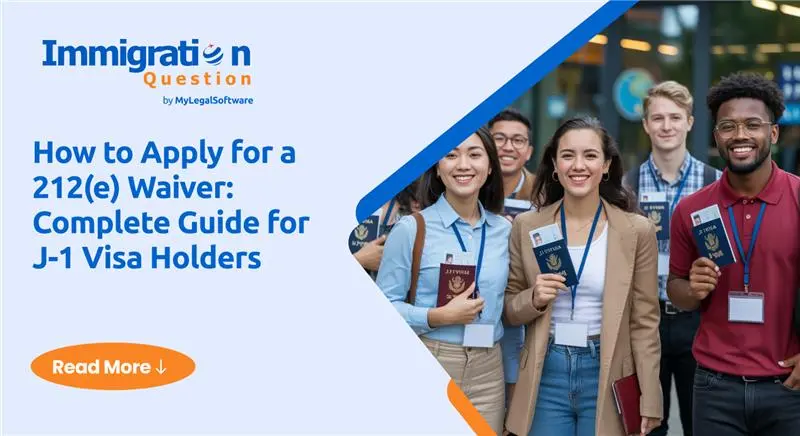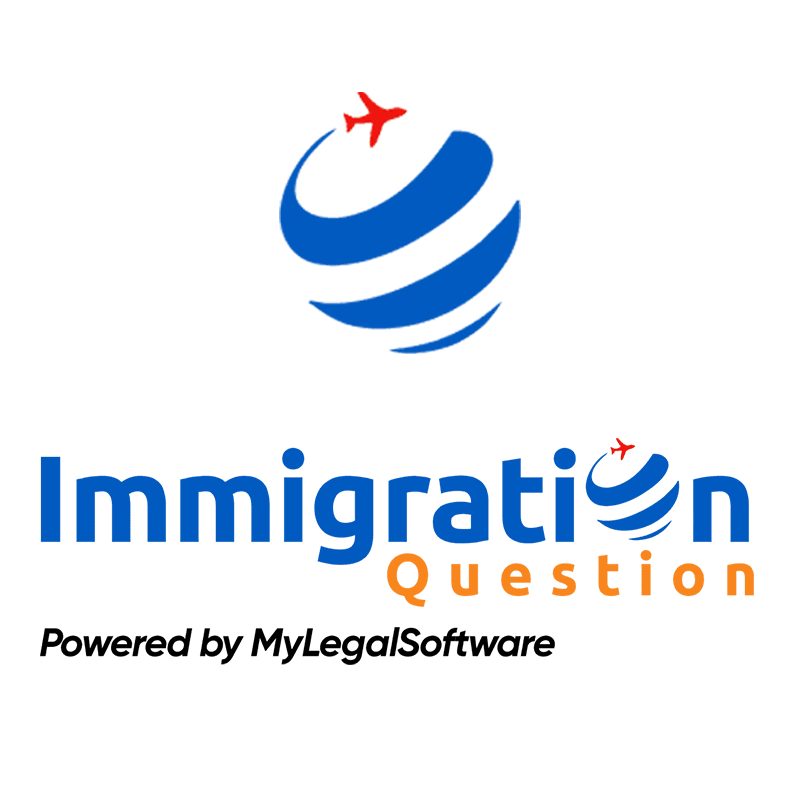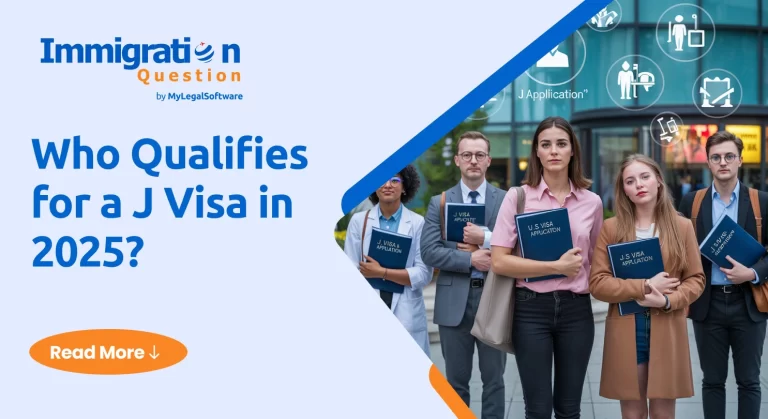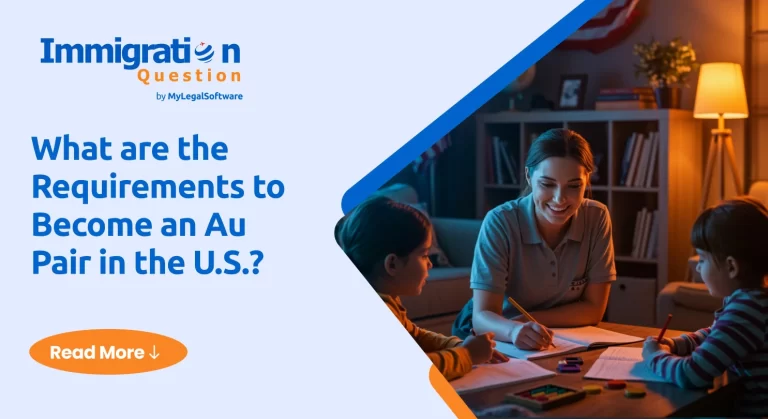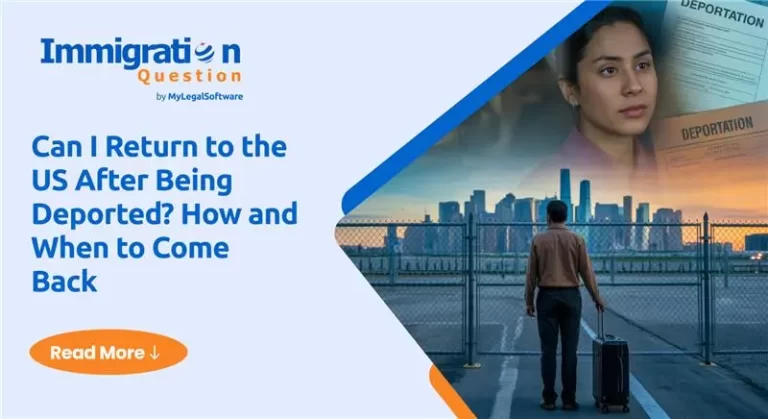If you’re in the U.S. on a J-1 visa and hoping to stay longer — maybe for work, family, or permanent residence — the 212(e) rule is something you should know about. It’s part of the U.S. immigration law that requires J-1 visa holders to return to their home country for at least two years before they can apply for certain immigration benefits.
However, this doesn’t have to be the case. And that’s where the 212 (e) waiver comes into play. It’s a way to request an exception to this two-year rule — and if approved, you don’t necessarily have to return to your home country.
In this guide, we’ll break down what the 212(e) rule actually means, who it applies to, what types of waivers are available, how to apply (step-by-step), and what to expect after you file.
What Is the 212(e) Rule and Who Does It Affect?
The 212(e) rule, officially part of Section 212(e) of the Immigration and Nationality Act, requires certain J-1 exchange visitors to return to their home country for at least two years after completing their program before they can apply for certain U.S. visas or permanent residency.
You may be subject to the 212(e) requirement if:
- Your J-1 program was funded by your home government or a U.S. government agency
- Your field of knowledge or skills appears on your home country’s “Skills List” (specialized knowledge needed in your home country)
- You participated in graduate medical education or training in the U.S.
The 212(e) restricts your options. If you’re subject to 212(e), you cannot:
- Change your status to H-1B (work visa), L-1 (intracompany transfer), or some other nonimmigrant categories
- Adjust your status to permanent resident (green card)
- Obtain H or L visas at a U.S. consulate
To know if you’re subject to the 212(e) requirement, check your DS-2019 form or J-1 visa stamp, which should indicate whether you’re subject to the “two-year rule.”
Got immigration questions? Get clear answers fast from trusted immigration attorneys. Whether you’re facing a visa issue or planning your next move, Immigration Question connects you with real legal help—no guesswork.
What is a 212(e) Waiver and Who Needs It?
A 212(e) waiver is an official exemption from the two-year home residency requirement. This waiver allows J-1 visa holders to apply for some immigration benefits without returning to their home country for two years.
You need a waiver of 212 e if you’re subject to the home residency requirement and wish to:
- Change to an H-1B work visa, L-1 visa, or other status
- Apply for permanent residency through employment or family
- Remain in the U.S. after your J-1 program ends
- Pursue professional opportunities or continue education in the U.S.
The waiver gives you the legal clearance to move forward with those goals — without being forced to return home for two years first.
Types of 212(e) Waivers Available
The U.S. government offers several types of waivers for the 212(e) requirement, each designed for different circumstances. You need to understand the type that best fits your situation to successfully apply.
- No Objection Statement Waiver
This is the simplest option. Your home country must submit a formal letter to the U.S. government stating they have no objection to you staying in the U.S.
- Hardship Waiver 212(e)
You’ll need to prove that your return home would cause exceptional hardship to a U.S. citizen or permanent resident spouse or child. Think beyond emotional hardship — financial or medical difficulties help support the case.
- Persecution Waiver
You may qualify if you have a genuine fear of persecution in your home country based on race, religion, or political beliefs.
- Interested Government Agency (IGA) Waiver
A U.S. agency (like the Department of Health or Department of Energy) can request a waiver on your behalf if they believe your work benefits the national interest.
- Conrad 30 Waiver (for doctors)
This option is only for J-1 medical doctors who agree to work in underserved areas in the U.S. for at least three years.
What Are the 212(e) Waiver Requirements?
Once you know which waiver applies to you, it’s time to gather your documents and apply.
Here’s what you’ll need:
- Confirmation that you’re subject to 212(e)
- A completed DS-3035 application (you’ll do this online)
- Supporting evidence specific to your waiver type (e.g., a no objection statement, proof of hardship, IGA letter, etc.)
- Payment of the application fee
- The barcode coversheet from the DS-3035 portal
- For hardship or persecution waivers, the I-612 form for 212(e) waiver, which is filed with USCIS
Step-by-Step: The 212(e) Waiver Process
Here’s how the process works:
Step 1: Submit the DS-3035 Application
The first step in the 212(e) waiver process is completing the DS-3035 application online through the Department of State’s J Visa Waiver Online system. This initiates your case and generates a case number and barcode.
Step 2: Prepare and Mail Your Application Packet
After completing the online portion, mail a physical application packet to the Waiver Review Division, including:
- DS-3035 barcode cover sheet
- DS-3035 application form (printed after online submission)
- Application fee receipt
- Statement of reason for requesting a waiver
- Copies of all DS-2019 forms
- Copy of your passport biographical page
- Two self-addressed stamped envelopes
Step 3: Submit Supporting Documents
Depending on your waiver type, additional documents must be submitted:
- For No Objection Statement: Your home country’s embassy must send the statement directly to the State Department
- For Hardship or Persecution: Submit Form I-612 to USCIS with all supporting evidence
- For IGA Waiver: The interested government agency submits their request directly to the State Department
Step 4: State Department Review
The Waiver Review Division reviews your application and supporting documents. If approved, they make a favorable recommendation to USCIS.
Step 5: USCIS Decision
For most waiver types, USCIS makes the final decision after receiving the State Department’s recommendation. If approved, USCIS will issue an I-612 approval notice.
What Happens After You Apply?
Once your application is in, you’ll receive a case number to track your progress. Processing times depend on the type of waiver:
- No objection, and IGA waivers often move faster (2–4 months)
- Hardship and persecution waivers take longer, sometimes up to 6 months or more
You might receive a Request for Evidence (RFE) if anything is missing or unclear. In rare cases, USCIS might schedule an interview — especially for hardship or persecution claims.
When your waiver is approved, you’ll receive:
- A favorable recommendation from the State Department
- A formal decision from USCIS granting the waiver
Once that’s done, you can move forward with your immigration plans — whether that’s adjusting status, getting married, or applying for a job that requires an H-1B.
Final Thoughts
The 212(e) waiver is a key that can unlock major immigration benefits for J-1 visa holders — but the process takes time, paperwork, and a good understanding of the rules.
Whether you’re applying based on hardship, a no-objection statement, or government interest, don’t wait too long to get started. Planning ahead can save you months of delays.
Need help with your application? Visit Immigration Question — a platform where you can ask immigration questions and connect with trusted attorneys. Get answers in hours, not weeks.
FAQs
Can I apply for a 212(e) waiver while I’m still in my J-1 program?
Yes, you can apply while still in your J-1 program, and it’s often advisable to start the process early, given the lengthy processing times.
What happens if my 212(e) waiver application is denied?
If denied, you must either comply with the two-year home residency requirement, reapply with stronger evidence, or explore alternative waiver categories if eligible.
Do all J-1 visa holders need to apply for a 212(e) waiver?
No, only those subject to the two-year home residency requirement need a waiver; check your DS-2019 form or visa stamp to confirm if you’re subject.
Can I travel internationally while my 212(e) waiver is pending?
Yes, but travel may be risky; if your J-1 visa expires, you might need a new visa to return, and consular officers may be reluctant to issue one while a waiver is pending.
If I’m subject to 212(e), can I change to another visa status without a waiver?
Generally, no—you cannot change to most other nonimmigrant statuses (including H-1B, L-1) or adjust to permanent resident status without first obtaining a waiver or fulfilling the two-year requirement.

